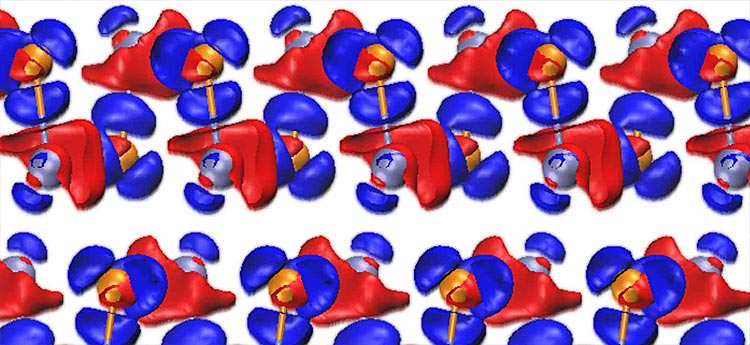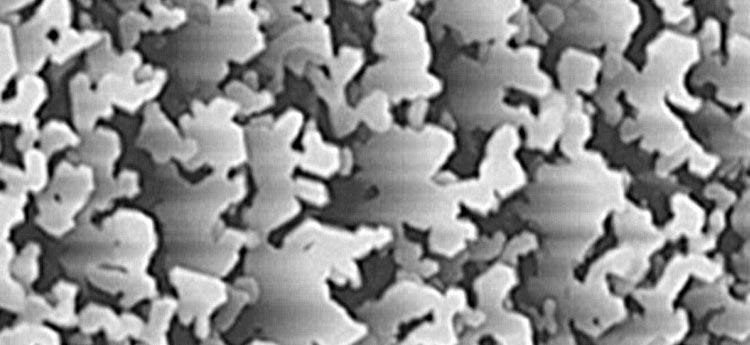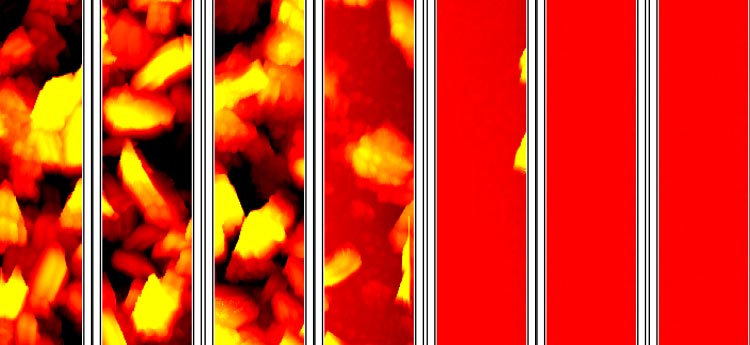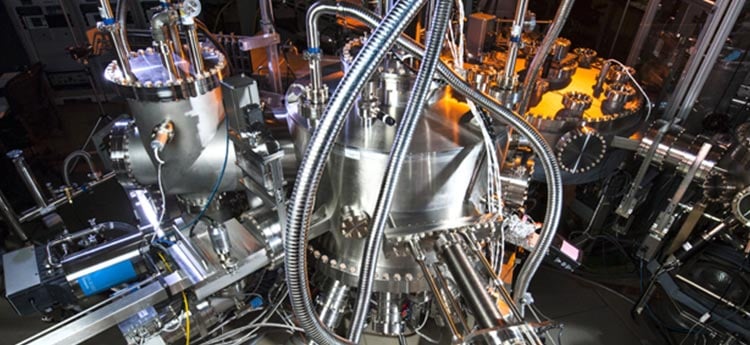Materials Science Research
For photovoltaics and other energy applications, NREL's primary research in materials science includes the following core competencies.

Materials Physics
Through materials growth and characterization, we seek to understand and control fundamental electronic and optical processes in semiconductors.

Electronic Structure Theory
We use high-performance computing to design and discover materials for energy, and to study in detail the physical mechanisms that determine the material's behavior on an atomistic level.

Analytical Microscopy and Imaging Science
We apply transmission/scanning electron and scanning probe techniques to understand the chemical, structural, morphological, electrical, interfacial, and luminescent properties on the nano to Angstrom scale.

Interfacial and Surface Science
We develop and apply a wide range of techniques to determine the chemical, elemental, and molecular composition, and the electronic structure of surfaces and critical interfaces.

Materials Discovery
Our experimental activities in inorganic solid-state materials innovation—from basic science through applied research, to device development—rely on a high-throughput combinatorial materials science approach followed by traditional targeted experiments.

Thin-Film Materials Science and Processing
We focus on using thin films to create and enable technologically useful applications, with a prime example being thin-film photovoltaics for renewable energy.

Reliability and System Performance
We test modules and systems for long-term performance, stressing them in the field and with accelerated testing equipment to improve PV reliability.
The Materials Science Center is part of the Materials, Chemical, and Computational Science directorate, led by Associate Laboratory Director Bill Tumas.
Share
Last Updated Jan. 13, 2025
